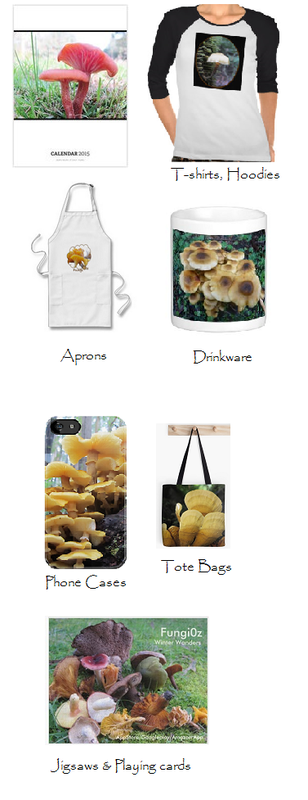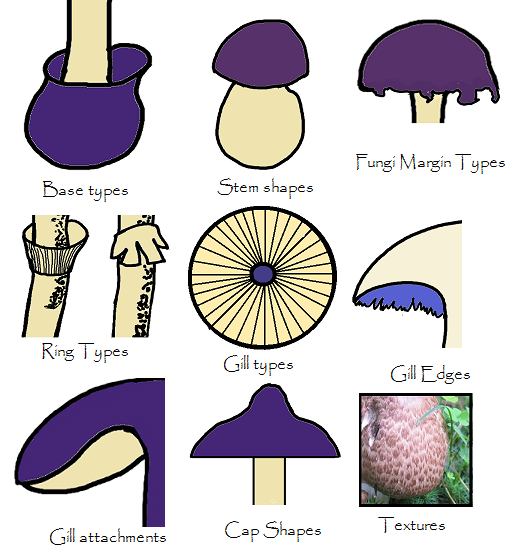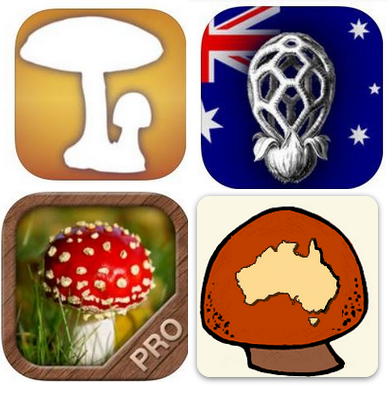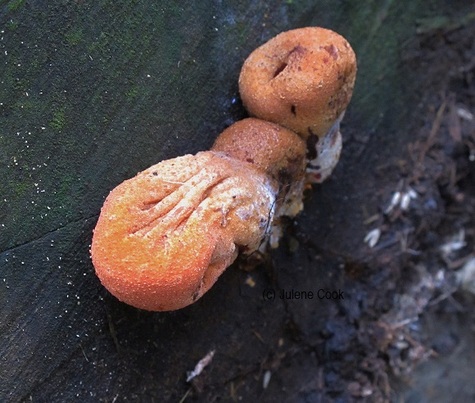 Unidentified Australian puff-ball fungi Unidentified Australian puff-ball fungi These unidentified puff-balls were found growing on a huge log, possibly beech, in early winter. The colour was a very deep orange, quite unlike the usual Lycoperdon fungi. They appear to have short thick, white stalks and white spores that can be seen on the surface of the lower fungi. Notice how wrinkled the lower putt-ball is, yet it does not seem to have released any spores as yet.
Lepista nuda, known as the wood blewit mushroom, is a choice edible mushroom providing it is very well cooked. It is regarded as having been introduced to Australia. Lepista nuda is a reasonably substantial mushroom with palish purple cap, stem and gills. The nuda part of its scientific name refers to the mushroom's totally smooth cap. However, those tempted to try eating Lepista nuda had better be sure that they haven't got the poisonous Australian mushroom, Cortinanus archeri, in the pan. Can you tell which of these two mushrooms is edible and which is the poisonous look-a-like? The colour of the two can be very similar especially in dry weather. Both start out as quite purple and fade to buff colour over time. Both have smooth cap surfaces that look similar when dry and both appear ringless. Stem Differences 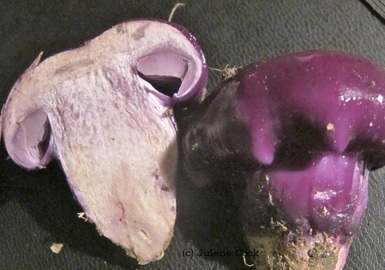 Young Cortinarius archeri Young Cortinarius archeri Similarities & Differences when young. Both mushrooms begin with a fairly swollen base and convex cap and both have solid pale lilac tinged flesh. Being a Cortinarius, archeri's cap is initially attached to the stem via a web known as a cortina. However, as shown in this photo of a young Cortinarius archeri, the web can easily be mistaken for a ring. Smell. The edible Lepista nuda has a lovely sweet and strong smell all of its own. Cortinarius archeri has no smell. Spore Print colour: The spores of Cortinarius archeri are copious and rust coloured whereas the spore print of Lepista nuda is a pinkish buff colour. A last warning. Before deciding to cook up a mushroom you have decided is Lepista nuda, keep in mind that if it is not very well cooked it will have toxins that can damage red blood cells. So, the wisest choice is look, smell, enjoy but don't eat.
|
Australian FungiAustralia is estimated to have 200,000 fungi species compared with only 6,000 European. However, only about 12,000 Australian mushrooms have been identified with about 6,000 named and described. This website and Fungioz app are dedicated to increasing knowledge of both known and unidentified Australian mushrooms.
Archives
December 2014
Categories
All
About MeI am not a mycologist but have been fascinated by fungi since childhood sheep farm forays.. After moving to the northern edge of Australia's Otways National park I realised how many more wonderful species there are on uncultivated land.. I began photographing and researching and now sharing the ongoing results via FungiOz website and FungiOz app. Fungi identification via field characteristics alone is tentative as are any suggested identifications in FungiOz app and website. |
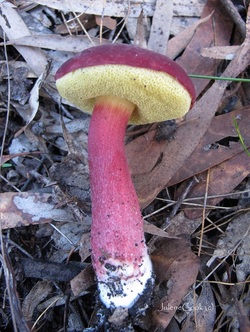
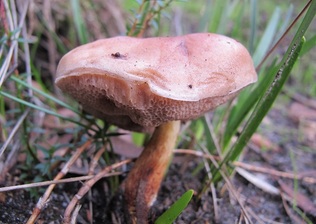
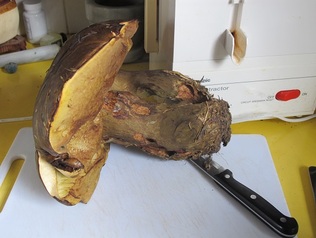


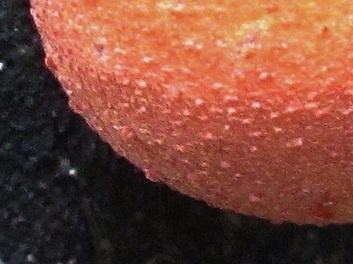
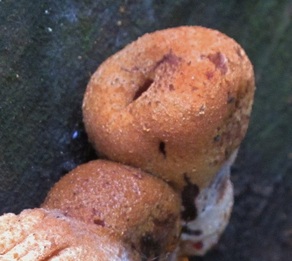
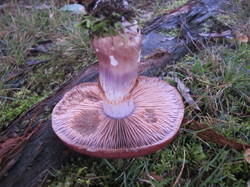
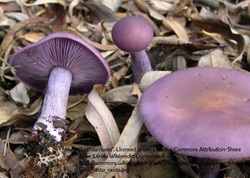
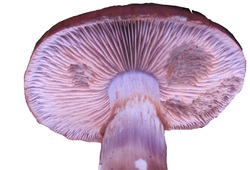
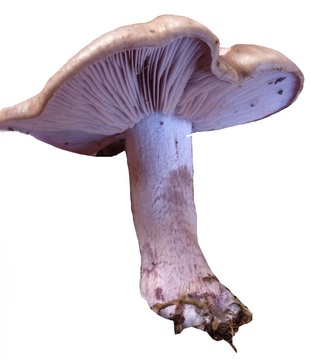
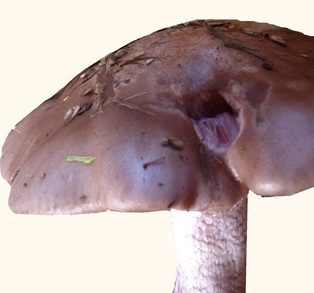
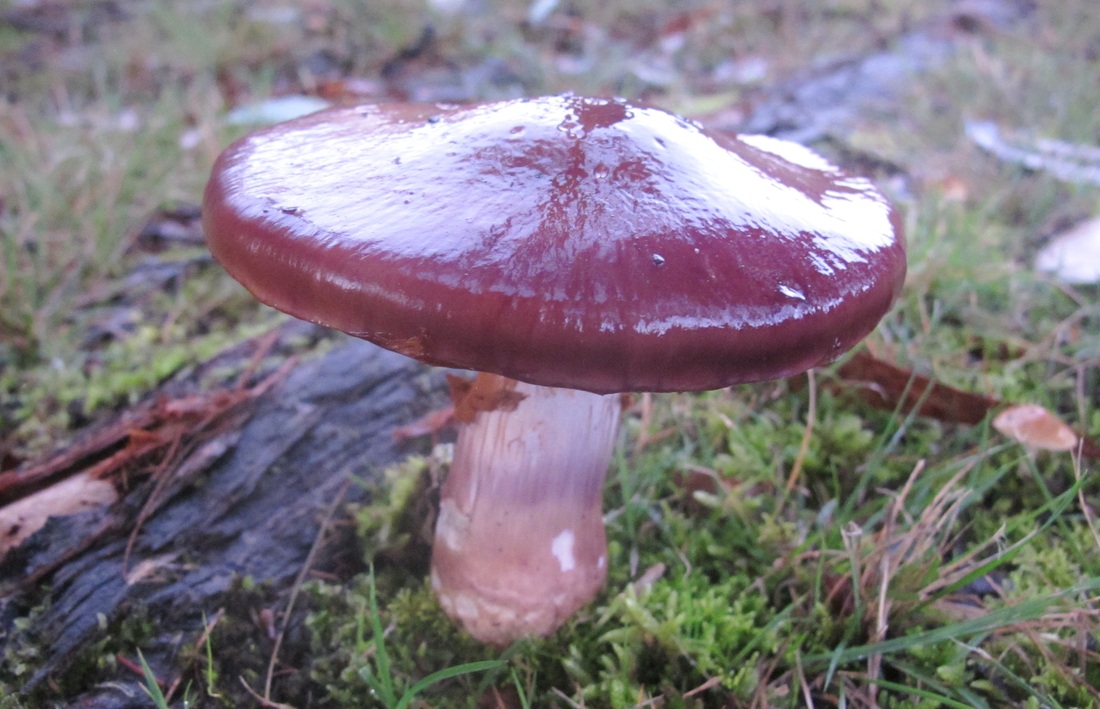
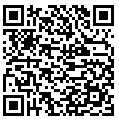
 RSS Feed
RSS Feed
